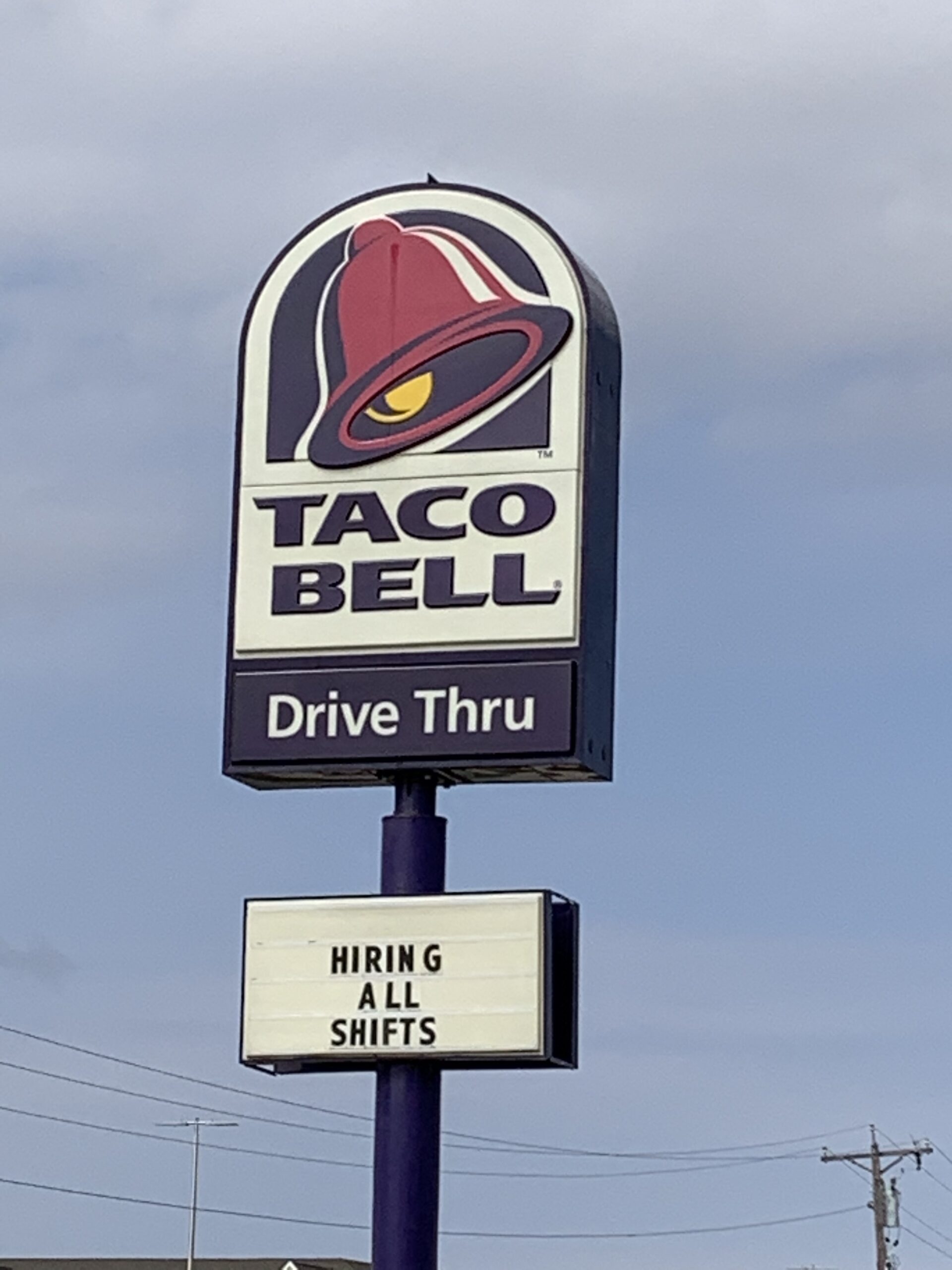Restaurants across the nation are facing a shortage of staff and new hires to keep up with the loss of employees

Many restaurants are currently looking for new employees.
Restrictions for the COVID-19 pandemic are becoming more lenient with each drop in the number of daily cases, and restaurants are starting to allow their businesses to open full capacity. Sounds like good news right?
Well, with the good news comes bad news. While restaurants open their tables for more customers, they lack the staff to accommodate the crowds of customers according to Fox Business.
The National Restaurant Association said that the number of restaurant jobs has gone up every month this year. Staffing, however, is 20 percent lower than it was a year ago.
Because of the short staffing, taking away tables or telling customers that they are unable to seat at that time has become a problem.
Several restaurants are using social media, signs on windows or outside and website pop-ups to attract potential employees. Cracker Barrel in Bismarck, ND is even paying an employee to stand in front of the restaurant to recruit potential staff.
Olive Garden in Fargo, ND also strategically advertises their openings for new hires.
“Olive Garden has rallied to find new staff for months now,” Elizabeth Leingang, a former NDSU student and Olive Garden employee said. “In every to-go order, they put a sheet of paper with information about joining the family and the benefits that come with the job.”
Leingang says that the restaurant is offering a referral deal where current staff will receive $250 for seven days of the new employee working and an additional $250 for 30 days that the new employee is there.
So, why aren’t people applying for these jobs?
One big case that is presented on slate.com, is the blaming of unemployment insurance. “Many business owners are quick to blame this situation on the federal unemployment benefits that the Biden administration extended through Sept. 6 as part of its coronavirus relief legislation.”
This law provides an additional $300 per week to recipients while receiving state aid.
“You have some cases where it’s more profitable to not work than to work, and you can’t really fault people for wanting to hold on to that as long as possible,” a restauranter from California told the New York Times.
On the other side of the argument, people who don’t blame government aid suggest that the shortage of workers is because of the lack of benefits for employees.
According to Arindrajit Dube, an Amherst economist at the University of Massachusetts, states with “less generous unemployment benefits haven’t seen their job markets rebound any faster, suggesting that jobless benefits may be having a limited impact on the overall speed of hiring.”
The Department of Labor reported last Thursday that 1.2 million Americans left the unemployment rolls between March 20 and March 27, meaning people may be ready and willing to return.
Whether some Americans are choosing to stay home because they can make more on unemployment, or they are afraid of catching the virus, the overall reason as to why people are choosing to stay home varies.
“Working in a restaurant that is short-staffed is chaotic and people are constantly working overtime, which quickly leads to burnout,” Leingang said. “Management is often forced to schedule people out of their availability, this causes tension between them and their team members.”
